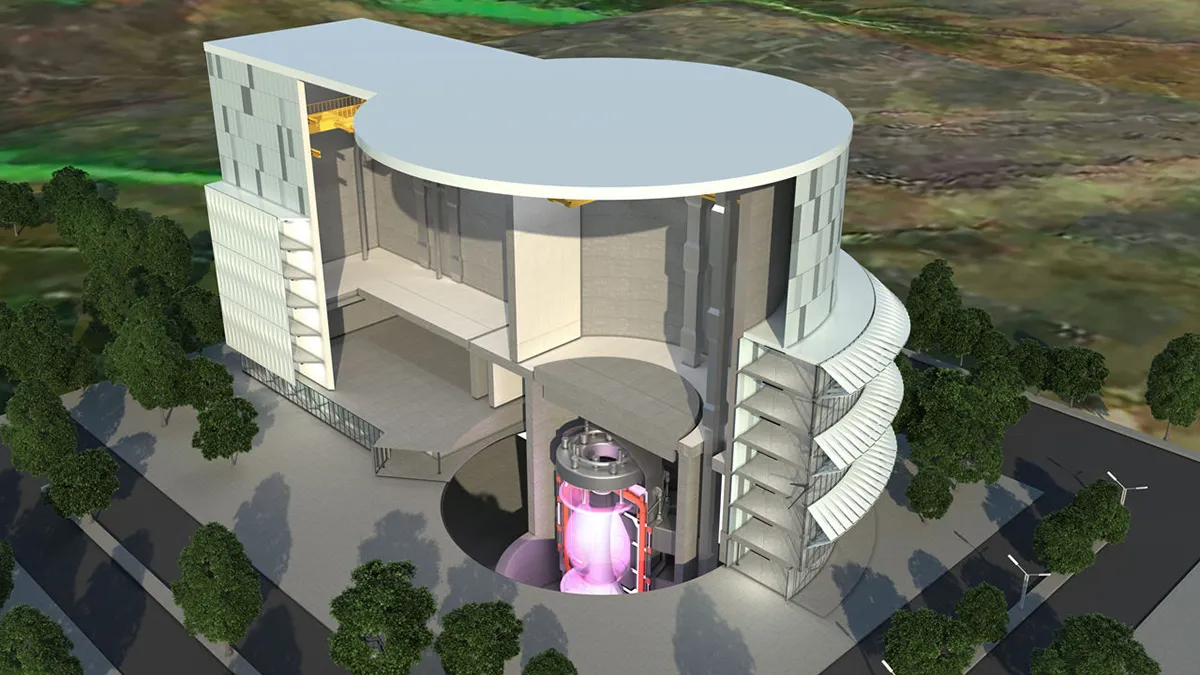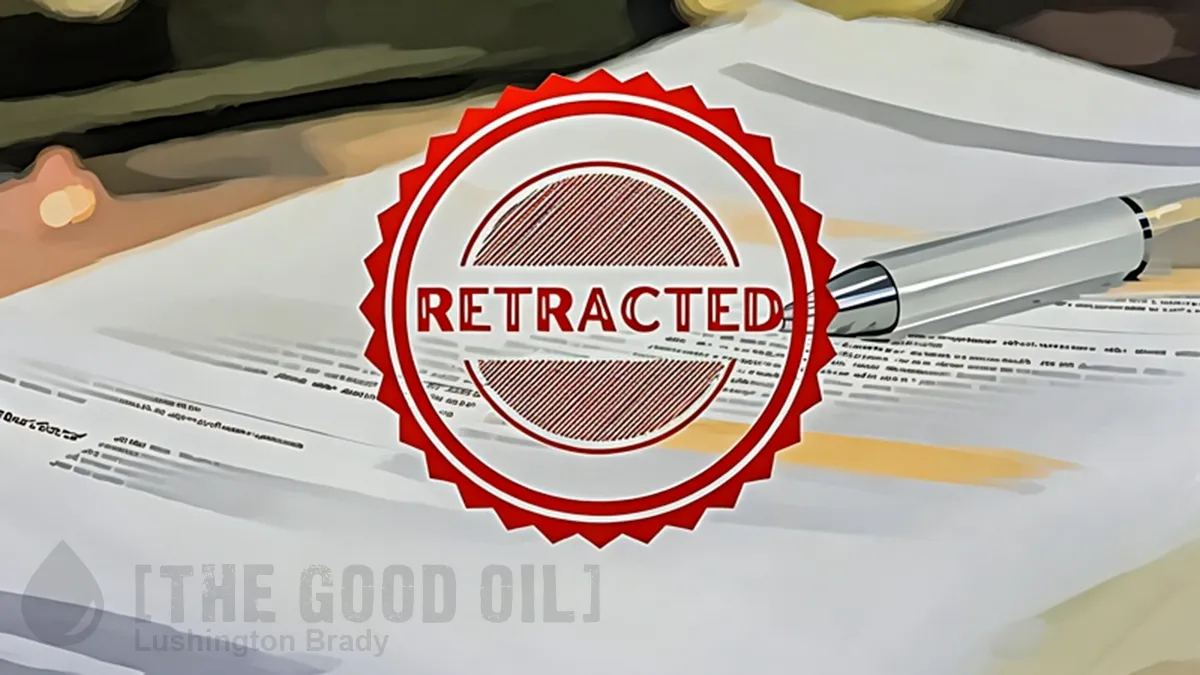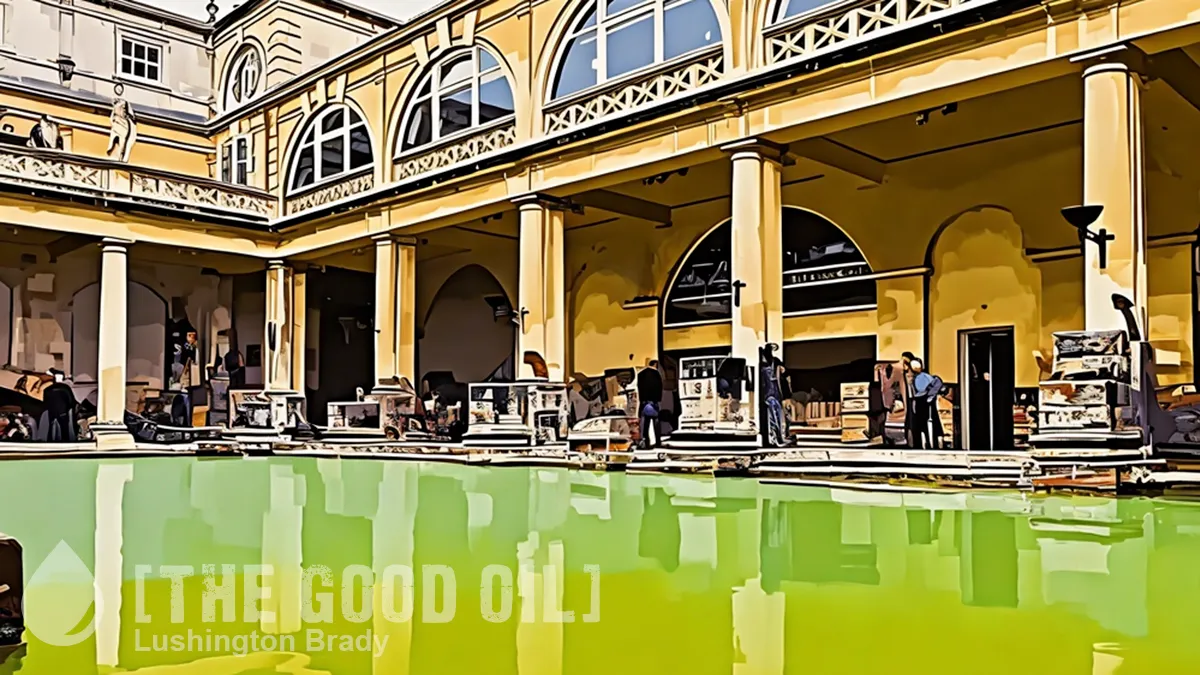Table of Contents
Commercial fusion generation has been “just around the corner” for almost as long as I can remember. As far back as the late 70s, fusion was a mere 20 years away…and there it’s stayed, always just out of reach. No matter how many “breakthroughs” are announced.
So, you’ll have to forgive me if I remain cynical about the latest pronounced breakthroughs in fusion technology. Still, its backers are pretty confident – so confident, in fact, that they’re on the lookout for a construction site.
The U.K. government today invited communities around the country to volunteer a site for a prototype fusion reactor, which would be the first—it is hoped—to put electricity into the grid. The project, called Spherical Tokamak for Energy Production (STEP), began last year with an initial £222 million over 5 years to develop a design. The U.K. Atomic Energy Authority (UKAEA), the government agency overseeing the effort, says construction could begin as soon as 2032, with operations by 2040.
Perhaps in keeping with the Brexit era, those snooty Continentals across the Channel are unconvinced.
Tony Donné, director of EUROfusion, the European Union’s fusion program[…]suspects STEP won’t quite cut it as a power generator. “My impression is that it will be more of a component test facility.”
Of course, that sentiment has nothing to do with commercial rivalry, as France races to get a fusion facility up and running by 2035 – even though that one won’t be used to generate electricity, either.
The race is on around the world to build the first fusion reactor that can generate excess energy. Fusion melds isotopes of hydrogen together in a superheated gas, or plasma—mirroring the process that powers the stars. The fuel sources are relatively plentiful and radiation concerns are slight compared with nuclear reactors powered by fission.
Why is fusion generation so hard to achieve? Well, if nuclear fission (used in today’s reactors) is a hell of a way to boil water, fusion is even harder. The basic problem is that fusion – wherein two or more atomic nuclei are fused, rather than split, into a heavier atom – requires tremendous pressure and temperatures in the hundreds of millions of degrees. The first fusion bombs were developed seven years after the fission bombs – but even a bomb is far easier than a reactor, because a bomb releases the fusion energy rather than containing it. The Sun is a giant, continually exploding fusion bomb that is contained by its own massive gravity.
Containing fusion on Earth is slightly more challenging.
To prevent the hot plasma from touching and melting its containment vessel, engineers typically use powerful magnets that surround doughnut-shaped tokamaks. But no tokamak has generated more energy from fusion than is used to heat up the plasma[…]
The spherical STEP would look more like a cored apple than a doughnut. This confers more stability in the plasma so operators can achieve higher temperatures in a smaller device. Spherical tokamaks have been pioneered at UKAEA’s Culham Centre for Fusion Energy (CCFE), with a device called the Mega Amp Spherical Tokamak (MAST) Upgrade, and in the United States at the Princeton Plasma Physics Laboratory with its National Spherical Torus Experiment Upgrade device. The United Kingdom now hopes to capitalize on that experience with STEP, which would aim to generate 50 megawatts of electrical power[…]
CCFE Director Ian Chapman says the small size of spherical tokamaks is a key advantage because the greatest cost in the $25 billion ITER is its gigantic magnets. With capital costs as low as a few billion dollars, Chapman says STEP would be far cheaper than ITER—necessary if fusion is ever to compete with fossil or renewable power stations that can be built for less and generate comparable amounts of energy.
But spherical tokamaks also come with drawbacks, Donné says. The hot dense plasma in a smaller device is more punishing on materials, so components may need to be replaced more often. And STEP is unlikely to be capable of breeding tritium, one of two hydrogen isotopes that fuels the reactor. Tritium is radioactive with a half-life of 12 years and global supplies are low. A working reactor will have to breed its own tritium by surrounding the vessel with patches of lithium that produce tritium when bombarded by neutrons from the fusion reaction. ITER will be the first attempt at demonstrating tritium breeding. STEP, Donné says, “couldn’t implement tritium breeding in such a short time.”
ScienceMag
The rivalry is not just commercial though – geopolitics are playing an even stronger role in the UK’s push for a fusion site. The world’s largest tokamak is currently in Europe, and nearing the end of its life. When it shuts down, a lot of fusion researchers will be cut loose. Britain is clearly hoping to poach a lot of talent from the EU, as well as get ahead of commercial sector rivals, especially in the US. The UK has its own commercial fusion startup, Tokamak Energy.
Given the massive booster rocket that commercial activity has fired up for space exploration, perhaps the future of fusion generation is, at last, seeing a gleam of sunlight.
Please share this article so that others can discover The BFD









